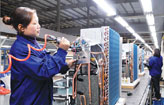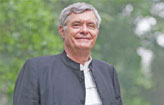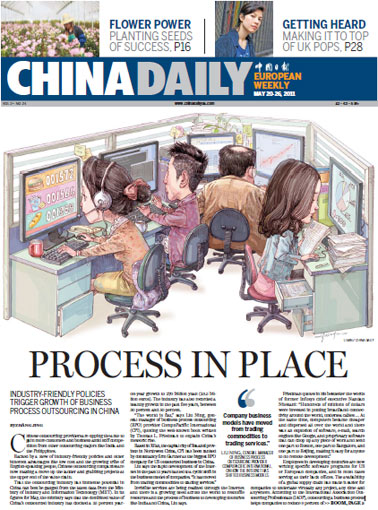Op-Ed Contributors
Asian fund so near yet so far
Updated: 2011-05-24 07:58
By Pradumna B. Rana (China Daily)
As is well known, the original proposal to establish the AMF was made at the height of the Asian financial crisis in 1997-1998. It was quickly shot down by the IMF and the US Treasury. But the difficulty in reforming the IMF's governance - its charter, quotas and voting rights - to give greater weight to large emerging markets such as China and India, has led to the evolution of a more flexible decentralized global monetary architecture.
Under the decentralized architecture, the IMF as the "senior" global organization would be linked to monetary funds in various regions of the world in a complementary manner. The Arab Monetary Fund and the Latin American Reserve Fund have already been established, and the probability of a "European Monetary Fund" is high. The case for the AMF has, therefore, been strengthened.
At the G20 summit in Pittsburgh, US, in 2009, leaders pledged to increase the quota of large emerging markets by 5 percent - it was increased to 6 percent in Seoul a year later. But even the more modest pledge made in 2006 when the IMF's annual meeting was held in Singapore is yet to be implemented, for the required support of 85 percent of IMF members has not been obtained.
On behalf of ASEAN+3 Research Group, I led a team of researchers from Nanyang Technological University, Singapore, to conduct a survey of ASEAN+3 opinion leaders (comprising government officials, academics and bankers) recently. The findings are illustrative. Nearly two-thirds of the respondents said the decision to set up AMRO was significant and that it would enhance the use of CMIM. A similar percentage said the CMIM and AMRO should be merged in the future to set up the AMF. They also said the AMF should complement the IMF and not try to supplant it.
But one should not expect the AMF to be established any time soon. The AMRO has been established but it is not yet operational, and its legal status is yet to be determined. Hence, the task of building an effective independent surveillance unit with a fully operational early warning system against crises and competent enough to complement the IMF will take time.
In the survey, about half of the ASEAN+3 opinion leaders said the AMF could be established sometime between 2016 and 2020, and one-third felt that that could happen only after 2020. Only 10 percent said it could be set up in the next five years.
The establishment of the AMRO now and the CMIM last year might have accelerated the journey toward the AMF, but reaching it will still take time.
The author is an associate professor at the S. Rajaratnam School of International Studies, Nanyang Technological University, Singapore, and a former senior director at the Asian Development Bank's Office of Regional Economic Integration.
(China Daily 05/24/2011 page9)
E-paper

Thawing out
After a deep freeze in sales during the recession, China’s air conditioner makers are bouncing back
Cool Iron lady
Of good and evil
Build on security initiatives
Specials

Memory lanes
Shanghai’s historic ALLEYS not just unique architecture but a way of life

Great expectations
Hong Kong-born singer songwriter rises to the top of the UK pops.

A diplomat of character
Belgian envoy draws on personal fascination to help build China ties.
